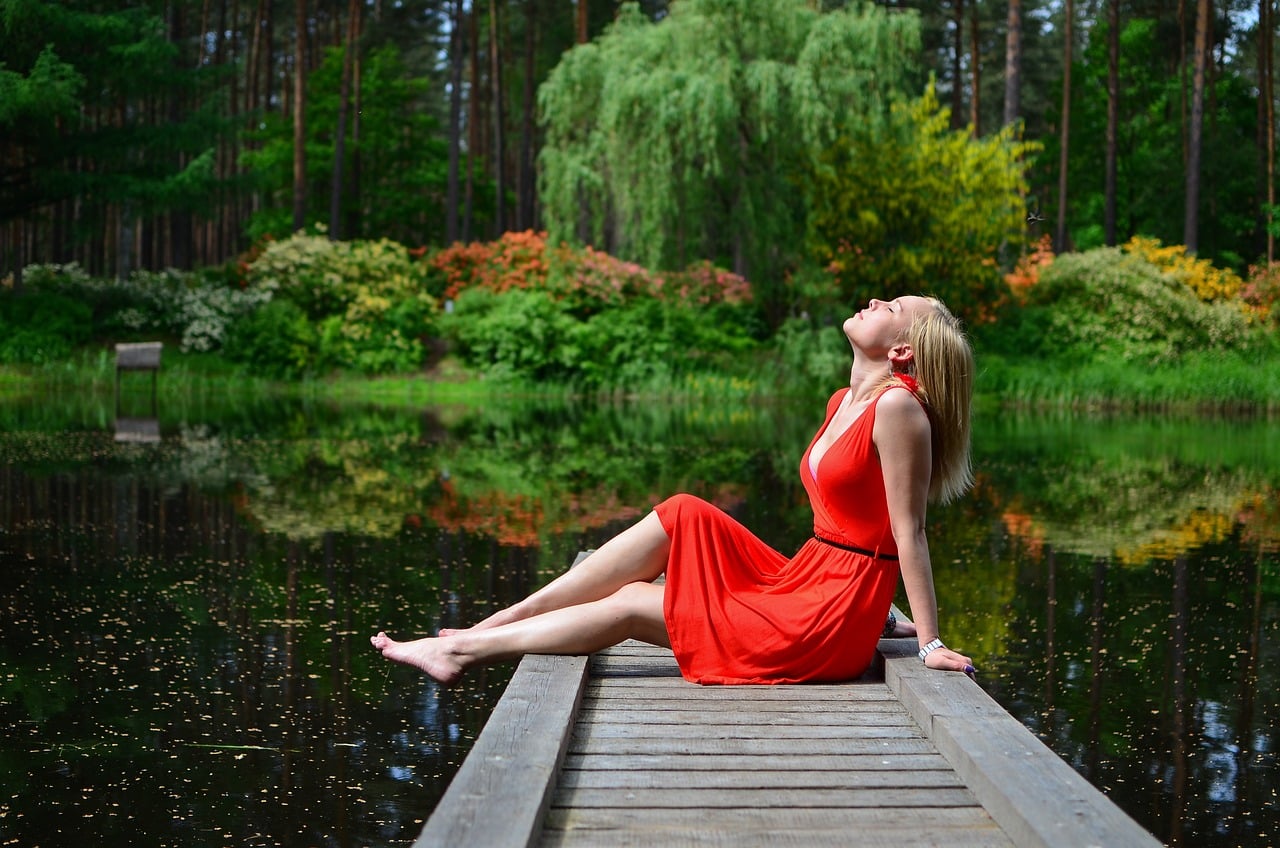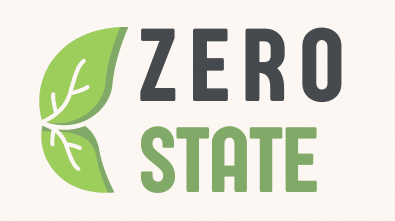Mastering the art of layering in fashion

In the ever-evolving world of fashion, one fundamental skill remains timeless: the art of layering. It’s more than merely piling clothes on. Layering is the strategic use of multiple pieces to create a cohesive, complex, and stylish outfit. It can transform a simple look into something unique and fashionable. It is a tool to express your personality, adapt to changing weather conditions, and experiment with contrasting patterns, materials, or color palettes.
Understanding the Basics of Layering
Layering is often seen as a tricky task, but once you grasp the basics, it becomes second nature. The key to successful layering is balance – between different hues, textures, and proportions.
Cela peut vous intéresser : Tips for a versatile capsule wardrobe
Firstly, it’s essential to start with a base layer. This is the garment that sits closest to your skin, typically a simple, comfortable piece such as a T-shirt, blouse, or tank top. The base layer serves as the foundation for your outfit and should be relatively snug to seamlessly accommodate additional layers.
The next element is the middle layer. The purpose of this layer is to provide warmth and add depth to your outfit. Sweaters, cardigans, vests, and denim jackets are all excellent options for this layer.
Lire également : Eco-friendly fashion guide for beginners
Finally, we have the outer layer. This is your chance to make a statement. Think of coats, trench jackets, blazers, parkas – pieces that add an extra level of sophistication or edginess to your ensemble.
Color Coordinating Your Layers
When layering clothes, color coordination is crucial for a harmonious and eye-pleasing look. It’s always a good idea to stick to a consistent color palette that resonates with your personal style.
Using a monochromatic scheme is the easiest and most impactful way to create a chic layered ensemble. This approach involves layering different shades, tints, and tones of a single color. It’s a sure-fire way to look effortlessly stylish and well put together.
Alternatively, you could opt for a complementary color scheme. This involves pairing colors that are opposite each other on the color wheel. The contrast between these colors creates a bold and vibrant look.
Mixing Textures for Added Depth
Adding different textures into your layered outfit introduces a new dimension of depth to your look. By mixing and matching various materials, you can create an intriguing ensemble that is visually appealing.
Contrasting textures build interest and enhance the overall aesthetic of your outfit. Pair smooth, sleek materials such as silk or satin with rougher textures like knit or denim. The combinations are endless, and experimenting with them will open up a plethora of options for your wardrobe.
Balancing Proportions
When layering, it’s vital to balance the proportions of your outfit. This ensures that your ensemble looks coordinated and not bulky or haphazard.
A general rule of thumb is to pair fitted pieces with looser ones. If you’re wearing a loose, oversized sweater as your middle layer, pair it with slim trousers. Conversely, if you’re wearing baggy pants, balance them with a fitted top.
Also, be mindful of the lengths of your layers. They should differ to create a tiered effect. This not only adds to the visual interest of your outfit but also elongates the silhouette, making you appear taller.
Experimenting with Patterns
Incorporating patterns into your layers can be intimidating, but when done correctly, it adds a fun element to your outfit.
Start with a simple base layer in a solid color. Then, add a patterned middle layer – perhaps a floral blouse or a striped sweater. Top it all off with a solid color outer layer that complements one of the colors in your patterned piece.
Remember, fashion is all about personal expression. Therefore, don’t be afraid to break the rules and experiment with your style. You might surprise yourself with the combinations you come up with!
Layering is a practical and stylish way to dress, offering endless possibilities to showcase your style, mood, or the season. With these guidelines in mind, you’re well on your way to mastering the art of layering in fashion.
Achieving Balance with Accessories
The art of layering isn’t confined to clothing alone; accessories also play a significant role in achieving a well-layered look. They can be used to enhance your outfit, adding a sprinkle of personality and flair.
Accessories such as hats, scarves, belts, and jewellery can serve as additional layers to your ensemble. A chunky knit scarf, for instance, can add warmth and texture to a simple winter outfit, whereas a thin, silky scarf can add a touch of elegance to a spring or summer look. Similarly, a wide belt can cinch a loose dress or oversized coat, adding structure and balance to your outfit.
Hats are also a fantastic layering accessory. A stylish fedora can add a classy touch, while a beanie adds a cool, relaxed vibe. Apart from being fashionable, both provide extra warmth during colder months.
Jewellery, too, can be layered effectively. Mixing and matching necklaces of different lengths and designs can create a striking look, as can stacking bracelets or rings. Just remember to keep it balanced; don’t overload one area.
Accessories can also introduce color. If your outfit primarily consists of neutral or monochromatic tones, adding a brightly colored scarf or a bold statement necklace can provide a vibrant pop of color, elevating your look and adding visual interest.
Layering for Different Seasons
Layering isn’t a style reserved just for the colder months; it is, in fact, a versatile styling technique that can be adapted to suit any season.
In spring and summer, you can layer lightweight materials such as cotton, silk, or linen. Starting with a basic T-shirt, tank top, or blouse as your base layer, add a light cardigan or a denim jacket for those cooler mornings and evenings. You can also play around with textures and colors, using accessories like scarves and hats to add depth and interest to your look.
Autumn and winter layering tends to involve thicker materials such as wool, knitwear, and heavy cotton. Here, base layers like long-sleeved tops or turtlenecks can be paired with chunky sweaters or cardigans, topped off with a stylish coat or jacket. Accessories like scarves, hats, and gloves not only provide extra warmth but also bring additional layers and textures to your ensemble.
Remember that layering is about adaptability. It allows you to add or remove layers as required, making it a practical choice irrespective of the season or the unpredictable changes in weather.
Conclusion: Embrace the Art of Layering
Mastering the art of layering in fashion can feel like a daunting task, but once you understand the basic principles, it becomes a fun and creative process. It’s about more than just throwing on multiple pieces; it’s about achieving a harmonious balance of colors, textures, and proportions. More importantly, it’s about personal expression and versatility.
Whether it’s the height of summer or the depths of winter, layering can be your best friend. Remember, there are no set rules in fashion – only guidelines. So, feel free to experiment, mix and match, and ultimately, wear what feels right for you. With the tips provided in this article, you’re now well-equipped to start your layering journey. Embrace this timeless fashion skill and make it your own.
